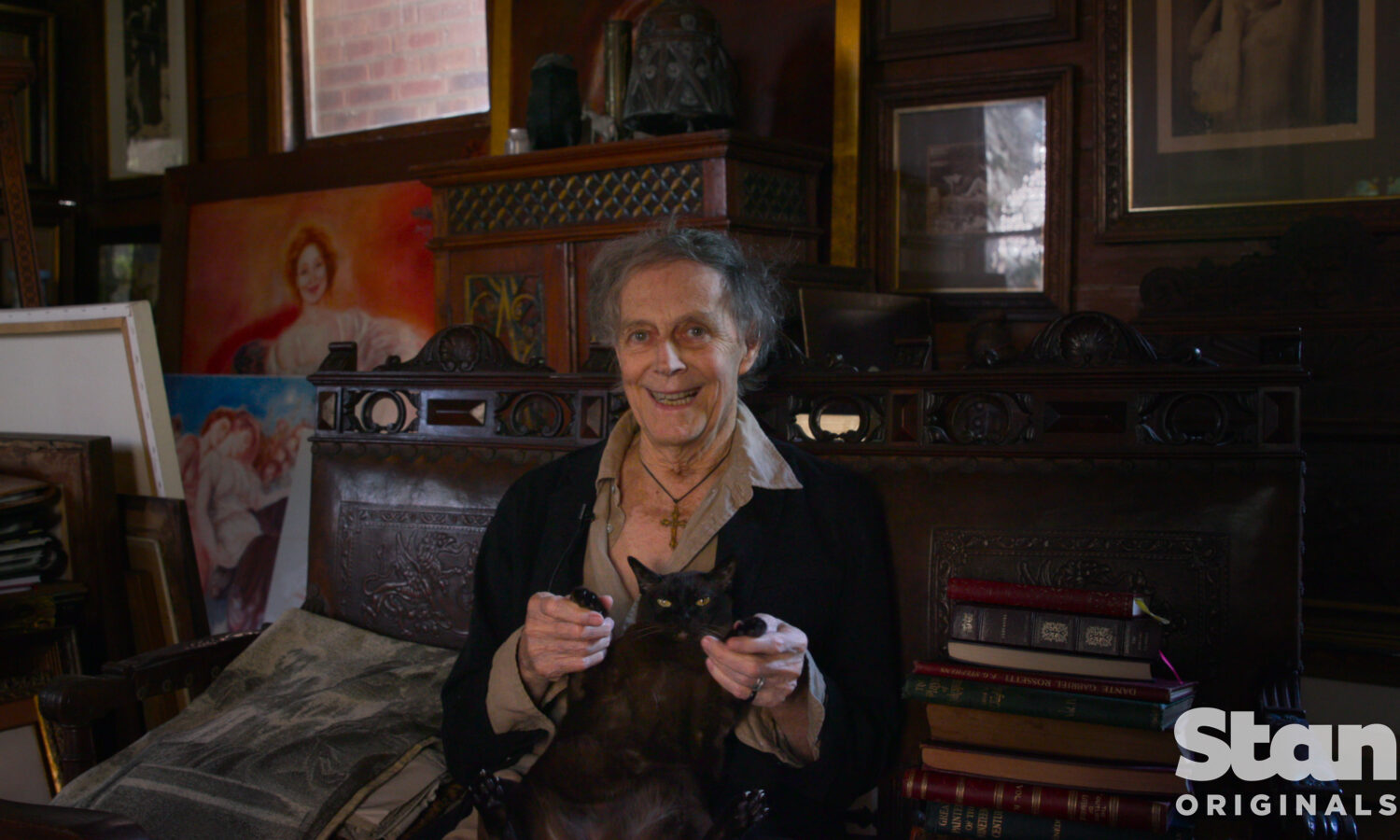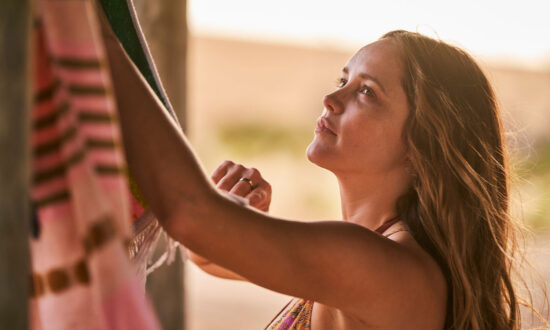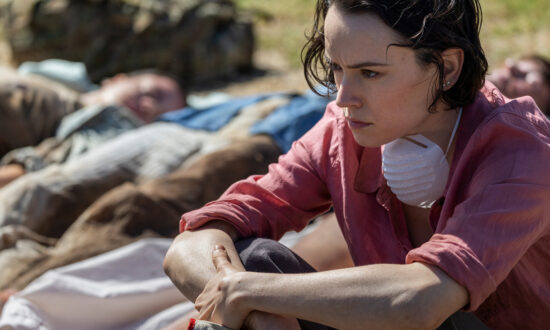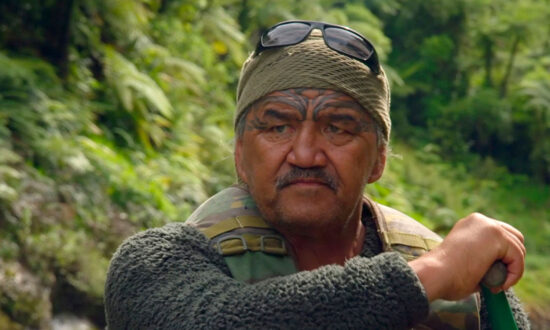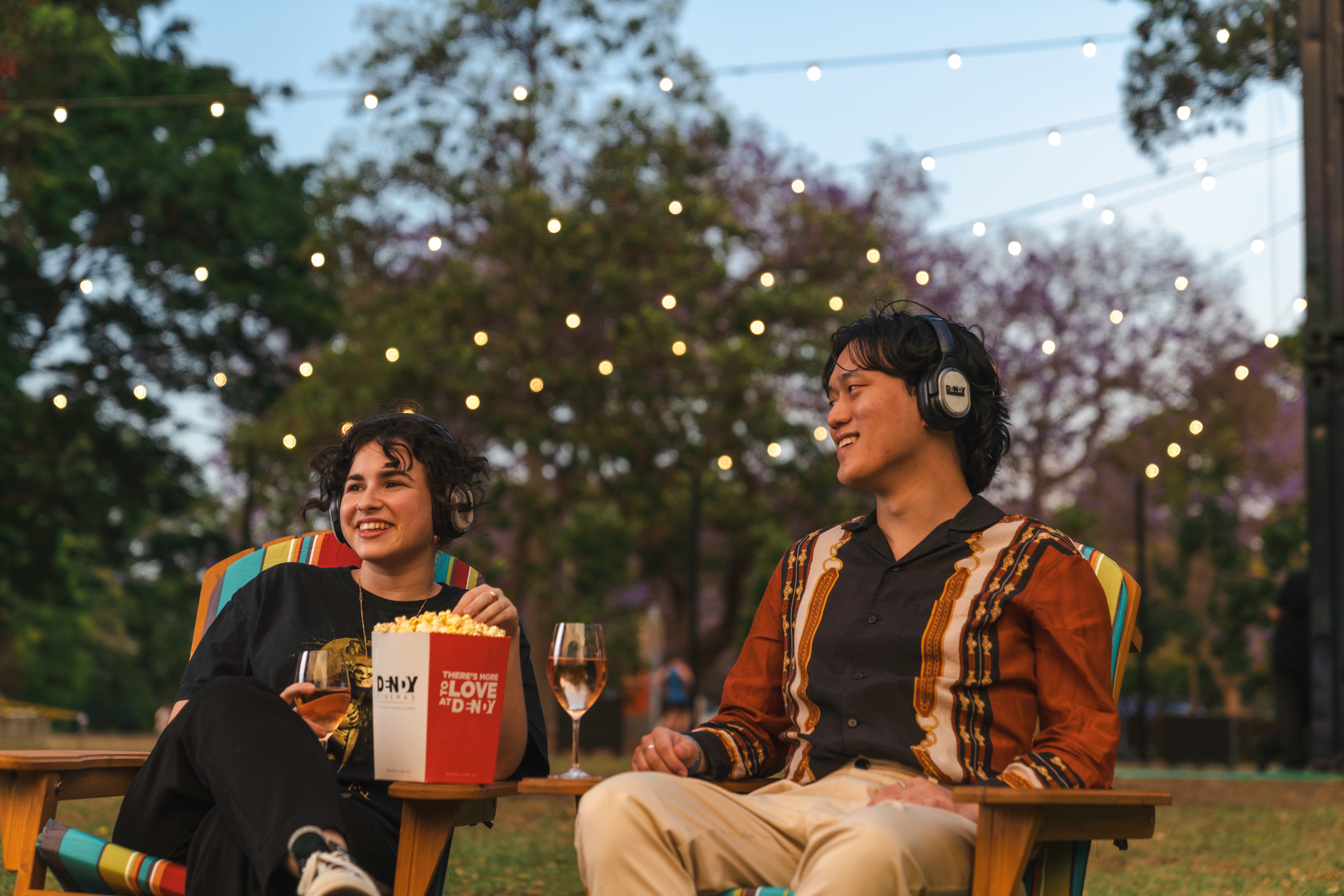Great art is specific and thus somehow universal. Which is easy to say but not so easy to do … yet that is what Gracie Otto has accomplished with her documentary, Otto By Otto, now streaming on Stan.
It’s a look at the life and times of her father, legendary thespian Barry Otto (Bliss, Strictly Ballroom), focusing on recent times and living with Alzheimer’s.
I expected the documentary to be illuminating, funny and sad, and it was – but I didn’t expect to have such a visceral emotional reaction to it. This was because I didn’t realise (a) how much of a Brisbane boy Barry was, and (b) how greatly he reminded me of my grandmother.
The first bit shouldn’t have been a surprise, really, but was, because I associate Barry, father of celebrated actor Miranda Otto, so strongly with Sydney. All those years at iconic Sydney theatre companies Nimrod and Belvoir, plus his best-known films are so Sydney.
In Bliss, for example, the definitive “mid-life-crisis ad-man rediscovers joy by dumping his ungrateful family and banging a sexy hippy” story, he gives off an actor in inner-west Sydney vibe – very different from the Bondi or Neutral Bay vibe.
But Brisbanite he was, a butcher’s son, born in 1941, who never formally trained to act, although his godmother (a sawmill heiress) encouraged him to attend art school. Barry became a commercial artist and costume designer, which led to his involvement in the local Brisbane scene – the Brisbane Rep, Twelfth Night, La Boîte, and even a little-remembered TV soapie shot here called Until Tomorrow.
Barry fell in love with Lindsay Clayton (mother of Miranda), whom he married. That marriage broke up, then Barry met Sue Hill at the Twelfth Night Theatre box-office. What was meant to be a one-night stand led to a life-time romance. (Hill says: “I think I fell in love with him because the sex was so good”, which is probably the best review Barry ever received.)
They moved to Sydney in the mid-1970s, after which he never seemed to stop working. Like fellow Brisbane lad Geoffrey Rush, film fame came relatively late in the day, and Barry might have had a similar international career to Rush’s – it’s easy to imagine him in blockbusters playing various wizards, murder suspects, and derelicts – but he didn’t want to leave his ramshackle nest in Petersham, where people knew him and where he could watch his son play cricket on the weekend.
So, Barry Otto was and is very Sydney … but he didn’t actually move from Brisbane until his mid-30s, which definitely qualifies him to play in the maroon team for any Actors’ State of Origin.
The second aspect of Otto By Otto that surprised me was Barry’s resemblance, in character at least, to my late grandmother.

Get InReview in your inbox – free each Saturday. Local arts and culture – covered.
Thanks for signing up to the InReview newsletter.
This was more left-field as she was a piano teacher from Mullumbimby, but their lives were full of similarities: the same small-town upbringing that they never shed despite decades in Sydney; the same artistic inclinations; the same tendency to stay within a small geographical area in Sydney; the same love of painting (Barry had a taste for Norman Lindsay-style nudes); the same ramshackle house full of old antique impractical furniture with junk everywhere; and ultimately the same sense that they weren’t “quite all there” … so it took a long time for a dementia diagnosis.
I think we all know people like Barry Otto and my grandmother – arty, small-town types with one foot in the real world who, over time, shift that foot into the dream world, but not before they touch our hearts, making the world a better place.
So, I wound up shedding a tear watching Otto By Otto, made with love about love … and art, madness, family, sex, Brisbane, friendship, movies and home. All the good stuff in life, basically.
Otto By Otto is now streaming on Stan.
Support local arts journalism
Your support will help us continue the important work of InReview in publishing free professional journalism that celebrates, interrogates and amplifies arts and culture in South Australia.
Donate Here
